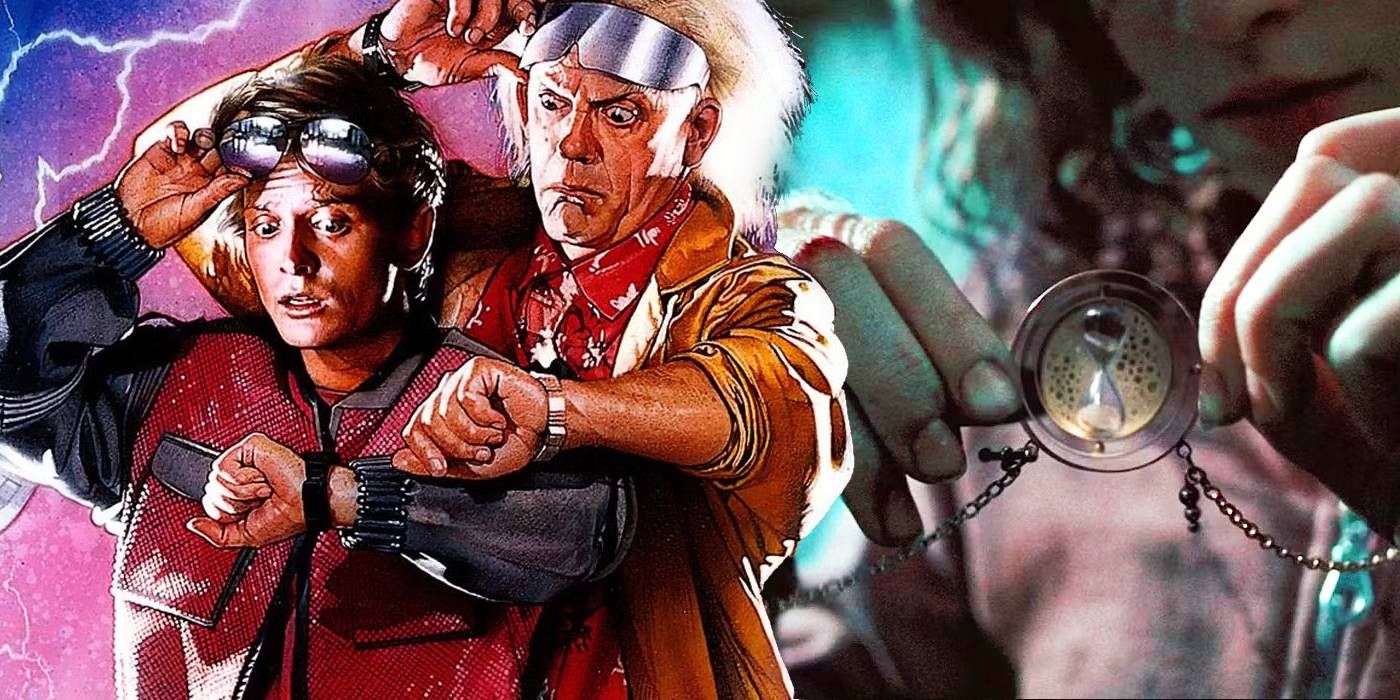
Time travel can pose a challenge for movies to incorporate effectively, yet some manage to devise ingenious guidelines that shape their genres significantly. Any sci-fi or fantasy film brave enough to tackle the complexities of time travel runs the risk of developing numerous plot loopholes and contradictions. Moreover, it must create coherent rules to maintain internal logic, which can be challenging. However, exceptional time travel films excel at presenting fresh perspectives on this concept that are not only logical but also innovative.
Some movies cleverly delve into complexity by incorporating time-travel paradoxes and innovative approaches to examining cause and effect, thereby challenging conventional notions of a linear storyline. Others creatively employ “ordinary” time travel, either using it as a device or transforming it into an expression of love. Lastly, various techniques of time travel are always intriguing, providing a fresh perspective on what could otherwise be just another generic portrayal of time-traveling.
8. Traveling At 88 MPH
Back to the Future
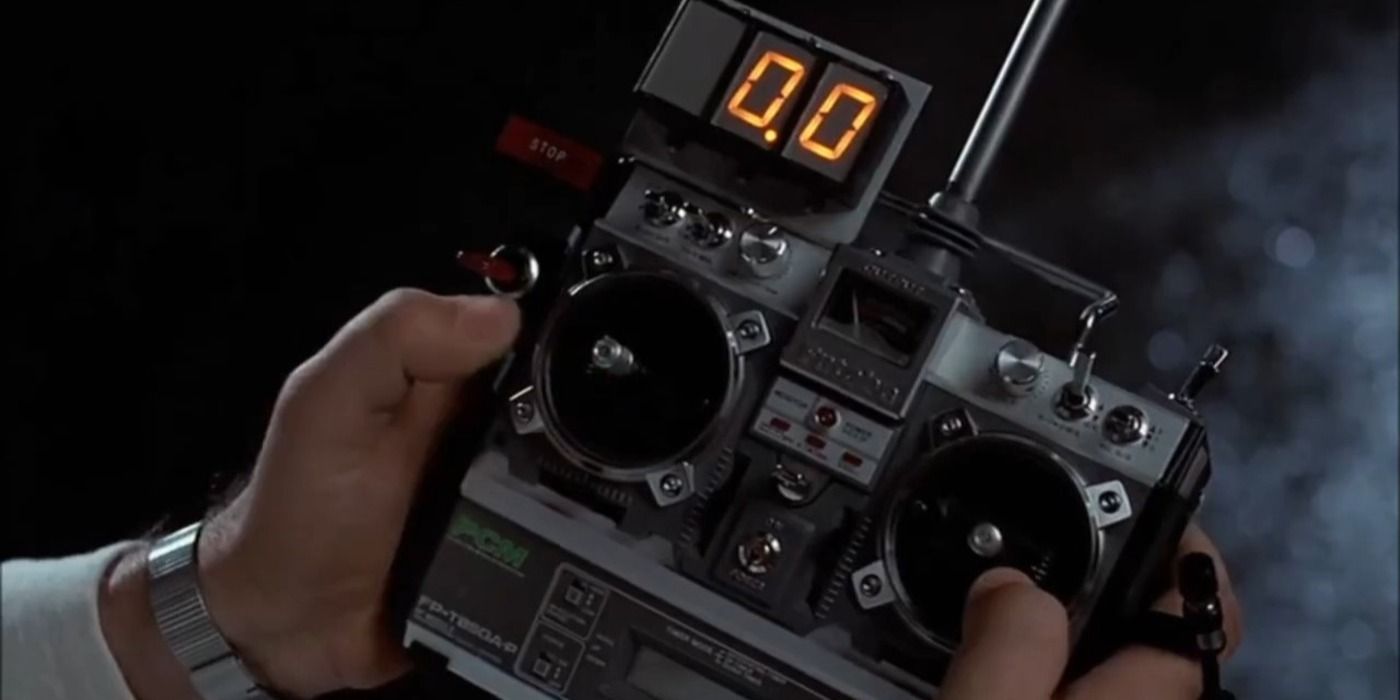
Time and again, it’s the straightforward rules of time travel that leave the deepest impression on us. Take, for instance, my fond memories of Back to the Future, where a customized DeLorean car becomes our time machine. The essential condition for this journey through time is reaching 88 miles per hour before making the leap into the time stream. Although the movie doesn’t provide an in-story explanation, speculations abound, ranging from compensating Earth’s rotation to the exact duration Doc Brown calculated that wormholes remain stable.
Interestingly, the original DeLorean car’s speedometer maxed out at 85 mph, making it somewhat sluggish considering its sporty appearance. To make the vehicle appear faster in the film Back to the Future, the filmmakers swapped out the dashboard for one that could authentically reach this notable figure. Whether it was a random number drawn from a hat or not, 88 mph remains a distinctive feature of time travel in the series.
7. Time Travel As A Genetic Disorder
The Time Traveler’s Wife

Typically, moving between different points in time is largely accomplished by advanced technology like the flux capacitor on Doc Brown’s DeLorean or the T.A.R.D.I.S. from Doctor Who. However, instances of time travel due to a random biological quantum anomaly, as depicted in The Time Traveler’s Wife, are quite unusual. This film revolves around Henry DeTamble, a librarian who has an uncommon genetic condition that causes him to unexpectedly jump through time, frequently encountering his past and future selves.
The movie delicately portrays how challenging it would be to maintain personal relationships given the situation, transforming into a poignant romance as Henry’s wife struggles to keep pace with various iterations of him. It seems that this condition might have a genetic component, as it is passed down to Henry’s daughter Alba, who appears to have more control over her temporal displacements. The concept of encountering the same person at different time fragments is both captivating and frightening.
6. Time Travel As A Weapon
Edge of Tomorrow
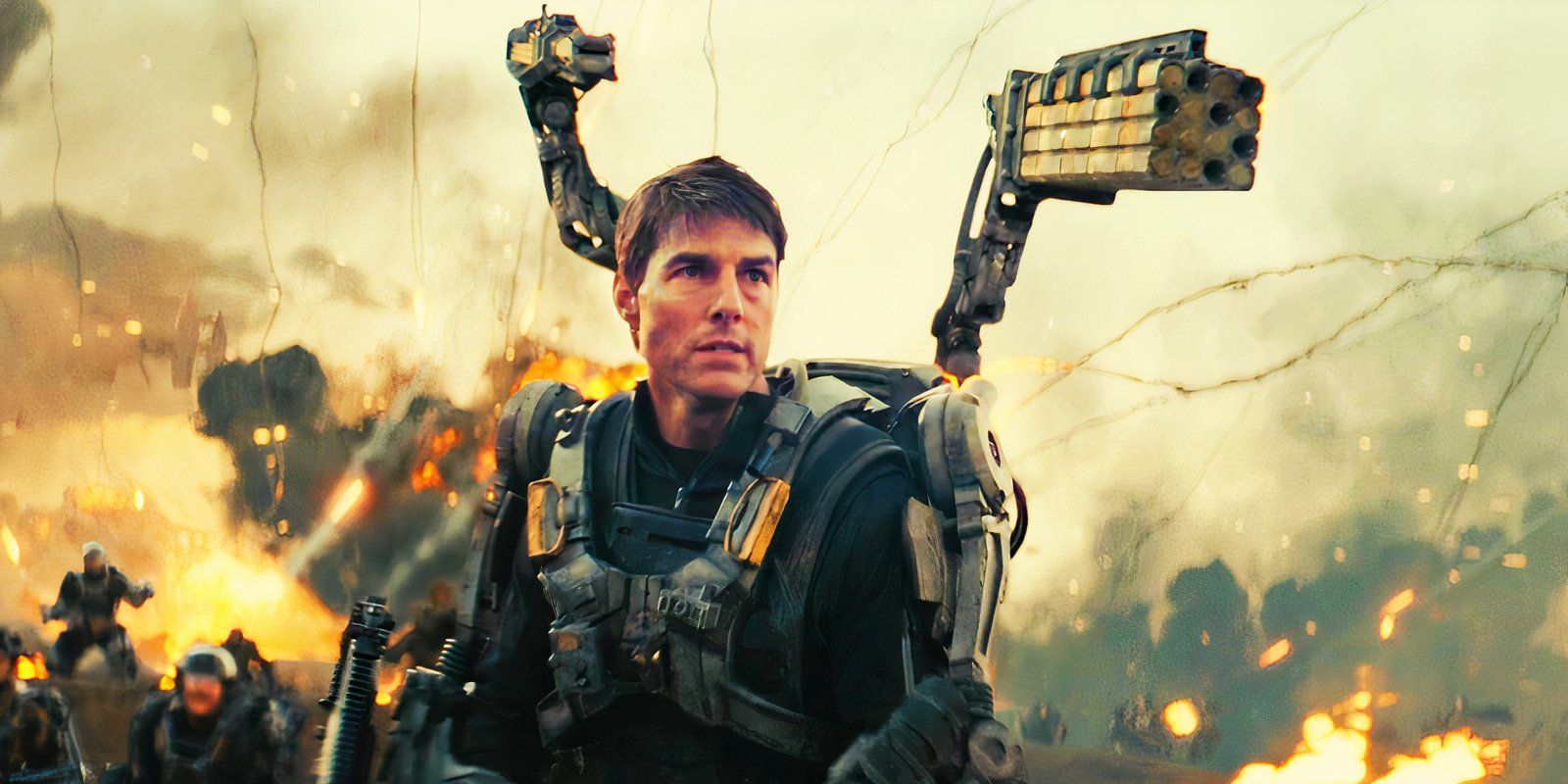
One significant yet often underestimated aspect of Tom Cruise’s illustrious career involves his role in the innovative science fiction action film, “Edge of Tomorrow.” This movie is an adaptation from the captivatingly titled novel, “All You Need is Kill.” In “Edge of Tomorrow,” Tom Cruise portrays a soldier fighting extraterrestrial invaders, utilizing advanced mechanized suits to deploy formidable weaponry against their cunning adversaries. The twist lies in the fact that these aliens can manipulate time travel, resetting battles they lose and tirelessly trying to achieve an unstoppable progression towards victory.
In Edge of Tomorrow, Tom Cruise’s character repeatedly relives the same battle against aliens due to being covered in their blood, which grants him this unique ability. This narrative device, though it may not seem logical, is captivating. It’s intriguing that more science fiction movies haven’t exploited the dangerous possibilities of time travel as a tool for warfare.
5. Being Stuck In A Loop
Groundhog Day
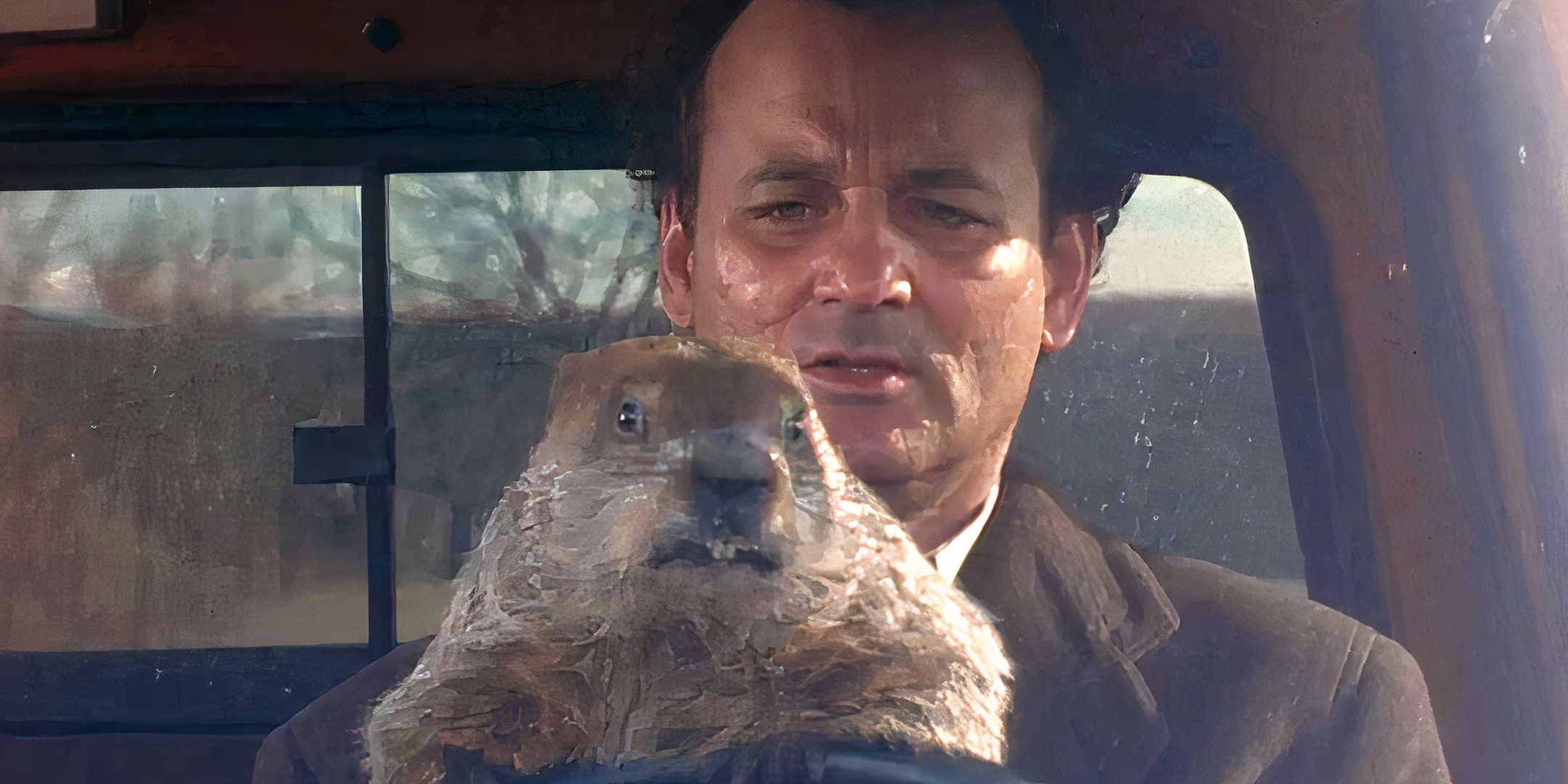
It’s hard to imagine that time-loop films would have gained popularity without “Groundhog Day.” Its title is almost synonymous with this specific subgenre. The film features Bill Murray as a cynical news reporter who finds himself stuck in Punxsutawney, Pennsylvania, covering Groundhog Day. His predicament starts when he wakes up to discover that the same day is repeating itself, seemingly destined to live it over and over again.
The unique aspect of “Groundhog Day” lies in its comprehensive examination of a single concept, which was novel as it seemed to be the initial film to introduce the time-loop idea. Bill Murray’s character makes the most of his seemingly eternal life, mastering piano and gaining intimate knowledge about every town resident. It isn’t until he demonstrates sincere affection for others that he manages to break free from his personal Punxsutawney predicament.
4. Time Is A Closed Circle
Harry Potter and the Prisoner of Azkaban
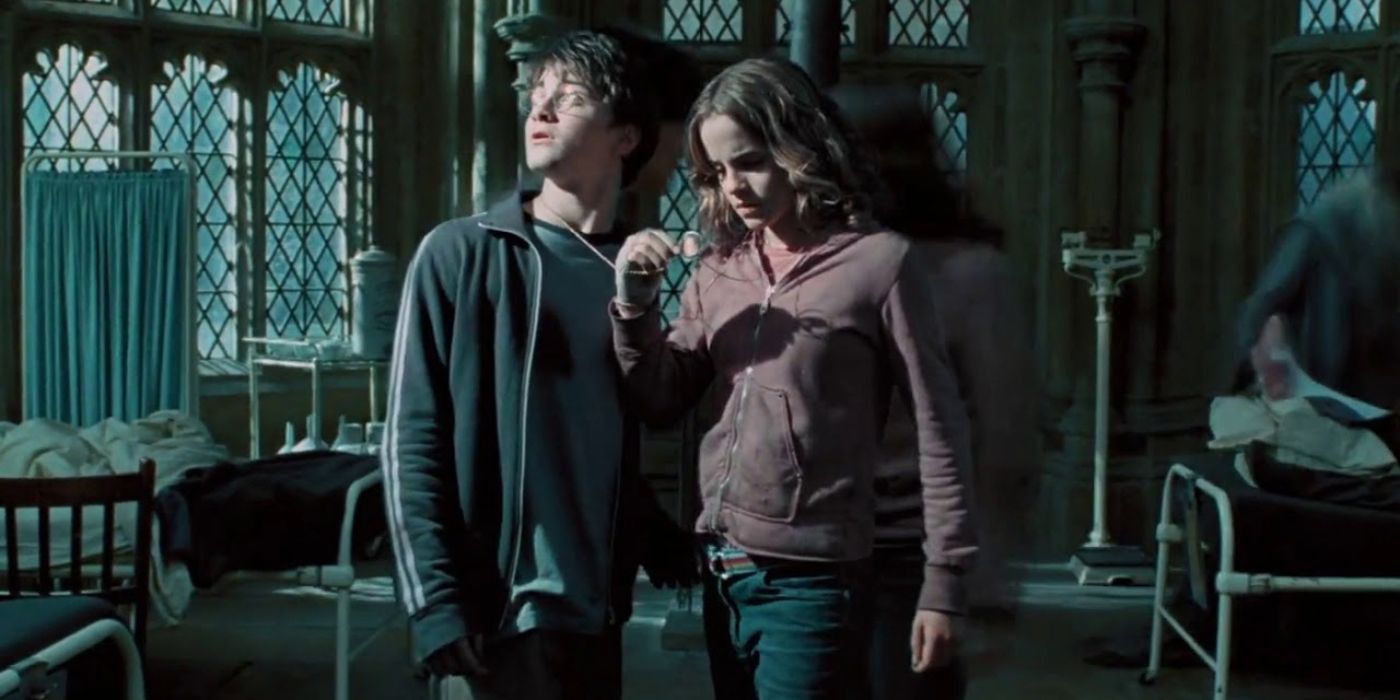
In contrast to how time travel is often portrayed as a concept exclusive to science fiction films, many fantasy movies also explore this idea creatively. Among these, the Harry Potter series offers one of the most convincing representations of closed-loop time travel. This means that in the world of Harry Potter, events from future time travelers significantly impact the present, shaping a seamless, unified timeline.
In a captivating tale, Harry and Hermione employ the enchanted artifact called the Time Turner to travel back three hours, a move aimed at preventing the unjust executions of two creatures, Buckbeak the Hippogriff and Sirius Black. Navigating through their own past and future actions to maintain a seamless timeline, it’s astonishing how minimal plot inconsistencies Harry Potter and the Prisoner of Azkaban encounters given its thought-provoking time travel concept. For a magical series known for its subtle enchantments, the Time Turner is indeed meticulously designed.
3. Time Traveling In Mind Only
X-Men: Days of Future Past

Indeed, while the Harry Potter series is undeniably captivating when it comes to time travel, let me share my appreciation for another masterful take: X-Men: Days of Future Past. This film, loosely based on a Marvel comic, presents a chilling dystopian future where mutants are hunted by advanced Sentinels that can outmaneuver their powers. The character Shadowcat, in her unique ability, sends Wolverine back through time to prevent this grim future from materializing.
Intriguingly, Wolverine finds himself back in the 70s with his consciousness intact, which results in an outstanding fight scene featuring Hugh Jackman as the character. This unique scenario spares any complications about encountering one’s own past, since Wolverine’s future mind resides within his pre-Weapon X body from 1973. This thoughtful plot twist cleverly sidesteps much of the temporal complexity that many stories struggle with, although it still implies that altering the past may influence the present in some way.
2. Moving Backwards Through Causality
Tenet

Regardless of whether the plot of a time-travel movie doesn’t have a positive outcome, it doesn’t diminish the value of examining its ideas. One of the most debated and polarizing original stories in Christopher Nolan’s impressive filmography, Tenet, is an espionage thriller that presents a unique perspective on time travel. When using one of the “Turnstyle” devices from Tenet, it doesn’t just allow for traveling back in time, but rather, it flips the entire causality around.
In simpler terms, the storyline of Tenet seems to portray a world where things seem to go backward when they move forward, much like a person walking backward from an external perspective. This technology, which includes reverse martial arts and guns that capture bullets instead of firing them, is both fascinating and confusing at the same time. Although Tenet could have handled this paradoxical technology more smoothly in its narrative, it still offers a unique and intellectually stimulating approach to time travel that is grounded in real-world physics.
1. Time Travel As A Language
Arrival
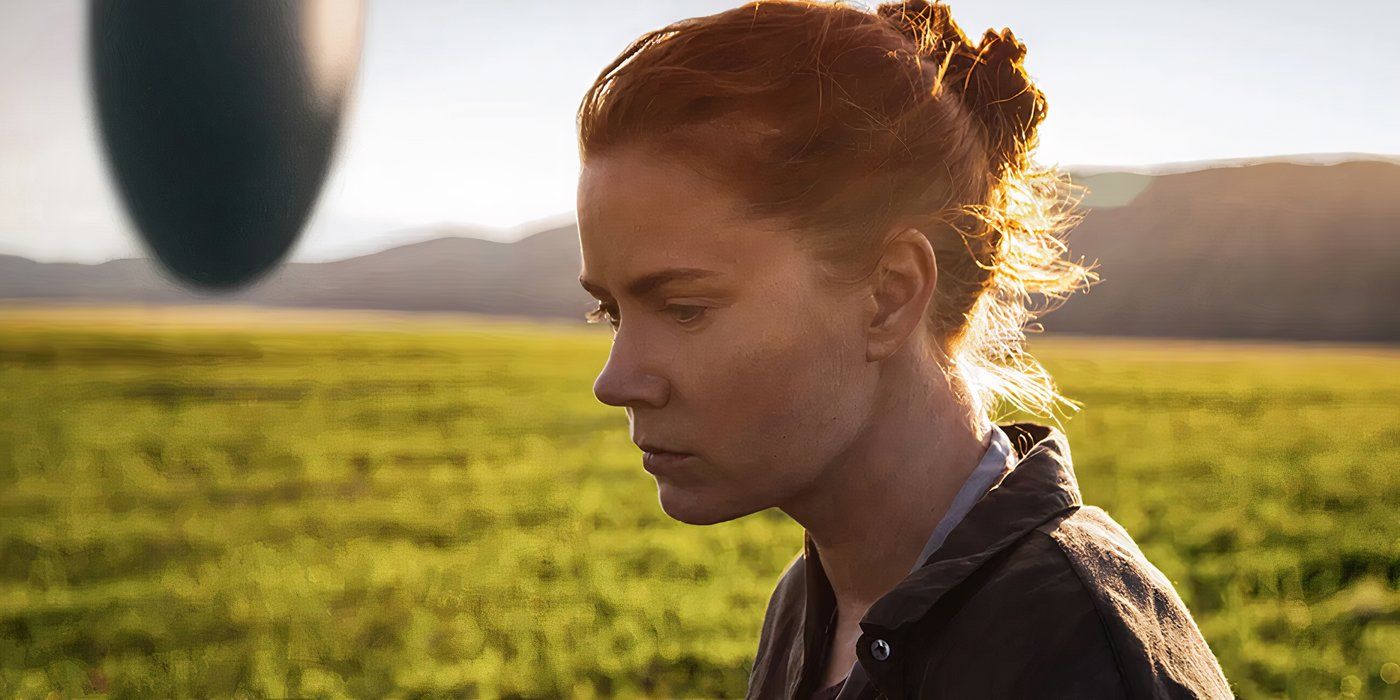
When a time travel film delivers top-notch performance, it can transform into a highly-acclaimed blockbuster, with Denis Villeneuve, known for his work on ‘Dune’, providing an excellent example through his masterpiece ‘Arrival’. The story revolves around humanity’s initial encounter with an alien race, as gigantic spaceships mysteriously appear across the globe. In the U.S., a renowned linguist is enlisted to decipher the aliens’ peculiar means of communication, aiming to prevent interstellar warfare.
Remarkably, the aliens’ method of communication transcends simple circular symbols and ventures into realms beyond time and space, using time-traveling recollections from the future. This implies that the character Louise Banks, played by Amy Adams, tragically loses her daughter in the future, and the scenes appearing as flashbacks throughout the film are actually prophetic glimpses. The use of time travel as a means of communication in this movie is one of the most ingenious applications of the concept I’ve seen yet.
Read More
- Clash Royale Best Boss Bandit Champion decks
- Clash Royale December 2025: Events, Challenges, Tournaments, and Rewards
- Clash Royale Furnace Evolution best decks guide
- December 18 Will Be A Devastating Day For Stephen Amell Arrow Fans
- Clash Royale Witch Evolution best decks guide
- Mobile Legends X SpongeBob Collab Skins: All MLBB skins, prices and availability
- All Soulframe Founder tiers and rewards
- Now That The Bear Season 4 Is Out, I’m Flashing Back To Sitcom Icons David Alan Grier And Wendi McLendon-Covey Debating Whether It’s Really A Comedy
- Mobile Legends November 2025 Leaks: Upcoming new heroes, skins, events and more
- Mobile Legends December 2025 Leaks: Upcoming new skins, heroes, events and more
2025-05-20 02:01